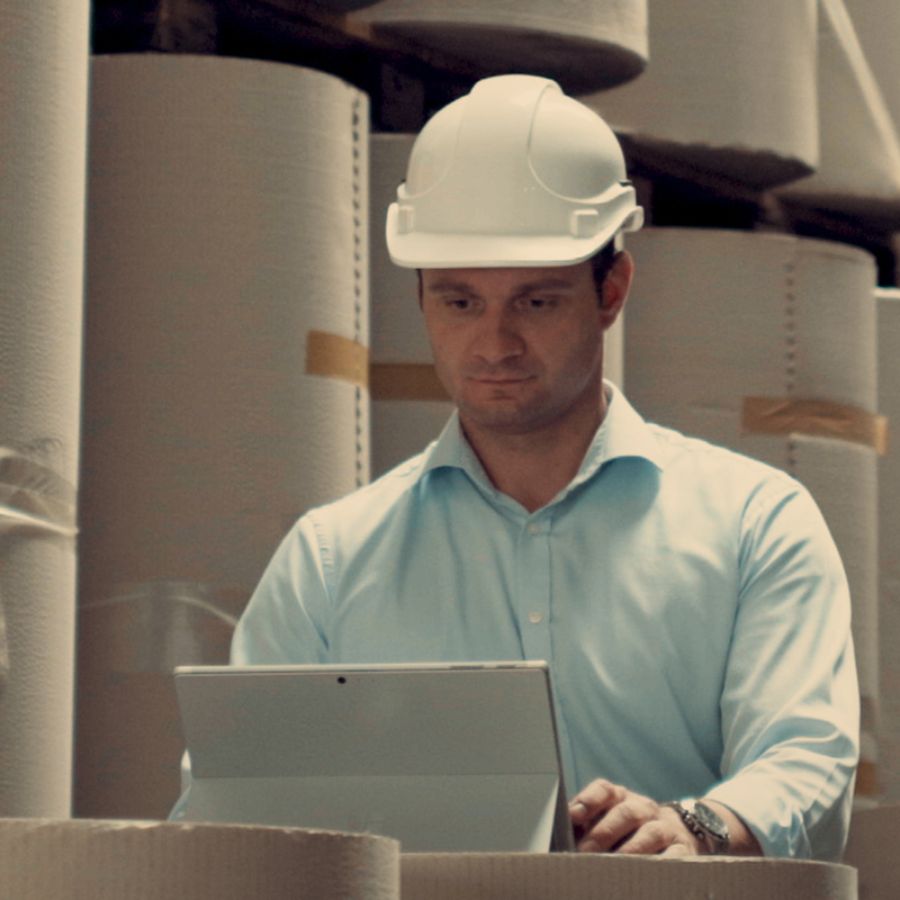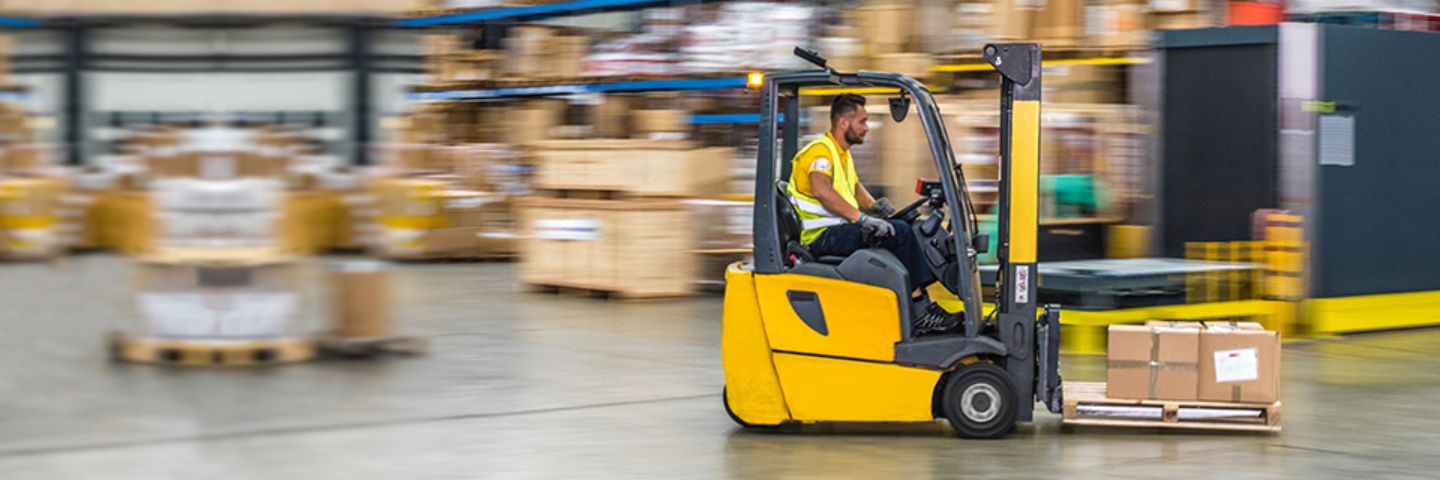
Philip Rosenmüller
Economic fluctuations have always had a significant impact on the logistics sector, long before COVID-19. Germany’s 60,000 logistics companies invariably feel the full effect of any changes in the movement of goods. This makes logistics infrastructure management a challenging task, trying to enable a flexible response to variations in demand while keeping overall costs (TCO or total cost of ownership) low. How is it possible to achieve both of these seemingly incompatible goals?
We talk to Philip Rosenmüller, lifecycle expert at CHG-MERIDIAN, an international finance and technology management company. The business is based in Weingarten in southern Germany and provides industrial infrastructure leasing services – across all asset types and manufacturers.
Mr. Rosenmüller, in its forecast for 2020, the National Logistics Association predicts a loss in revenue of €20 billion due to COVID-19. How do you deal with that level of volatility?
This is an immense challenge for us right now. Even before the pandemic, we had been noticing for some time that where logistics infrastructure is concerned, flexibility has increasingly become the key to success – particularly when it comes to financing. Solutions based on actual capacity utilization are especially effective, such as pay-per-use models, where lease instalments, term, and residual value depend on the actual operating hours, as do the servicing and maintenance costs. It makes no difference how long forklift trucks, overhead cranes or conveyor belts stand idle in the halls. When capacity utilization falls, as it has at the moment, and fewer goods are passing through the warehouse, then the equipment costs are also reduced. Another important factor – both in this current crisis and beyond – is the reduction of overall costs through customized business concepts.

What is the link between total cost of ownership and customized business concepts?
The total cost of ownership for industrial infrastructure is made up of a whole number of individual items – purchasing, selecting the product and manufacturer, energy and maintenance costs, capacity utilization during operation, and remarketing, to name just a few. For us these are all adjustment points at which we can optimize the concept for each individual customer. This is always based on a thorough analysis of the overall costs across the entire lifetime of the assets, with the objective of developing a customized business concept that will fulfill the specific customer requirements in the most cost-effective manner. It also works in reverse, by the way. Given a fixed budget, we can combine assets to ensure they provide the maximum benefit. That can be a valid approach, especially in financially challenging times.
Could you explain that in a bit more detail?
I’d be happy to! For the sake of simplicity I will use a fleet of material handling vehicles as an example. First of all we review the existing situation. Which forklift trucks are best suited to the requirements? Which manufacturers should we consider? What about the operating hours and the residual value at the end of the lease period? We also pay attention to the standardization potential, for example for the lifting height, to ensure the assets can operate in different warehouses or even in different countries.
The analysis of the asset cycle, with a focus on the TCO, is particularly important. We need to know what the service, maintenance and operating costs are going to be. When does a forklift truck need to be replaced to avoid age-related ‘ailments’ and remain profitable? You need to bear in mind that wear and tear varies between different models and manufacturers. For example, the wear and tear on an electric pallet truck is different to that of a counterbalanced truck with a diesel engine. We collate all of that information and then work with the customer to find the optimum solution in terms of costs and requirements.
To finish off we put together a framework leasing agreement that covers all sites, manufacturers and vehicle types – at international level. That allows our customers to reduce the costs of their administrative processes even further, not least because they only have to deal with a single contact for their entire fleet or warehouse equipment.
And how do you manage to keep all of that under control?
We make full use of process digitization and automation through our digital TESMA® platform. It combines administrative and technical aspects in real time, giving us a transparent overview of all assets – at every site and in every country. Asset tracking allows us to monitor and optimize operational performance. Are the forklift trucks always using the shortest route? How well is the capacity of the overhead crane being utilized? Where are my load containers, which have a habit of disappearing? TESMA® is able to answer those sorts of questions, making a valuable contribution to continuous efficiency improvement.